

Everything in the universe is connected to each other by
cause and effect relationship. For every effect there are specific causes. It
can be observed that, the main cause is transformed itself in to the effect.
The process of manifestation of effect from its cause is subject of debate and
a number of vaada(opinion) regarding this was prevalent in ancient India.
Important among them are dealt under vividha vaada. Kshanabhanguravaada proposes everything to have a momentary
existence. Swabhaavoparamavaada is the theory of natural distruction. It
proposes that, everything created will have a natural tendency to get destroyed.
This is accepted by charaka, and based on this he developed concept of
prakruti, vikruti and prakruti sthapana. Anekanta vada, paramanu vada, parinama
vada, peelu paka vada , pitara paka vada, vivarta vada etc are other opinions
regarding how karana is transformed to karya.

| # | Icon | Title | File |
|---|---|---|---|
| 1 |

|
vividha vaada | Download |
Ans : This is of samkhya darsana. According to this theory the karya is incorporated in karana in its subtle form. On manifestation only it is revealed. In the case of “cause and effect” the way in which karya is interpreted from karana, in the same way karana is interpreted from karya. Charaka has given a very good example for this. “Phalat beejam anumeeyathe, phalam beejat.” [CH .su .11] This proves the relevance of search based on this relationship. In other words, if we do not accept this theory, there is no perfect relation between cause and effect and there is no meaning for searching cause based on effect or vice versa. This closes the doors to explore knowledge. The entire objective world being interconnected with cause and effect relationship, satkaaryavaada gives hint to the scholar to search in unknown areas of universe. That is the reason why Ayurveda accepts this. There are two important bifurcations for this theory. Even if both agrees to the basic fact that effect lies in cause, they differ from each other only in terms of transformation occurring to the cause, during the formation of result, is real or mere delusion.

By Anup Bhosgikar
By Anup Bhosgikar
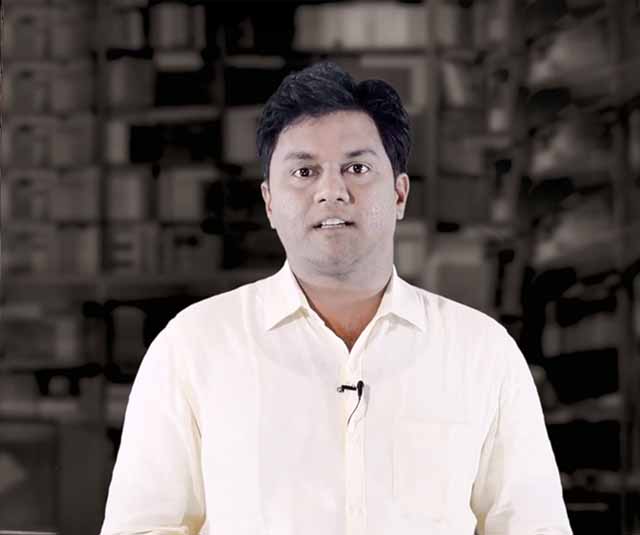
By Avula srinivas
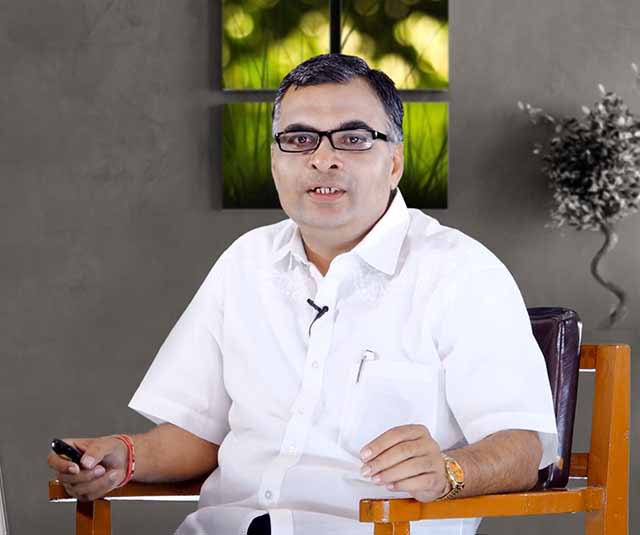
By Dr.Pritesh Shukla
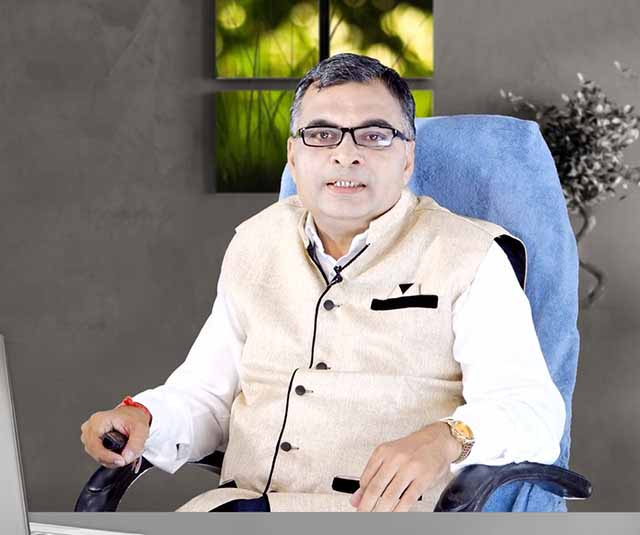
By Dr.Pritesh Shukla
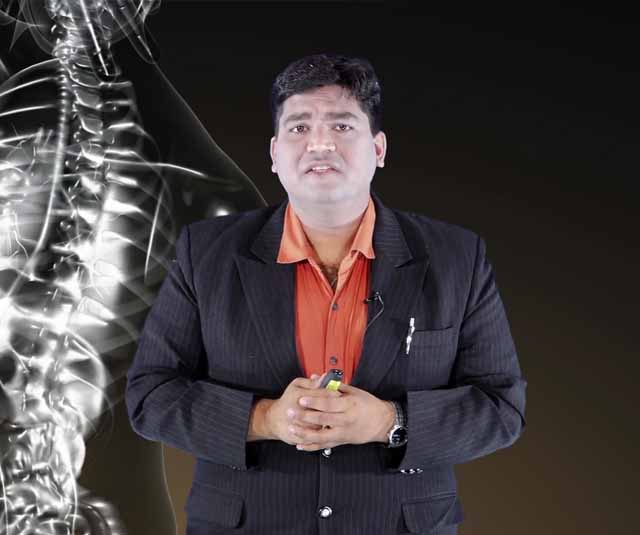
By Dr. Nitesh gupta
By Anup Bhosgikar

By Anup Bhosgikar
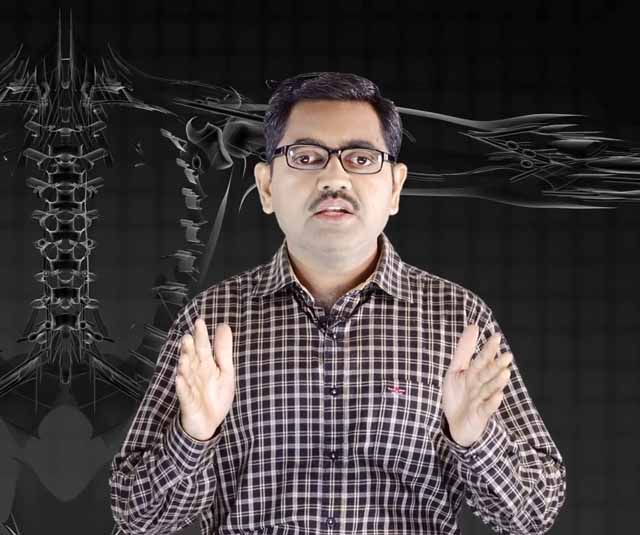
By Dr.Nilesh Kasar

By Dr. Nitesh gupta

By Dr. Sarita Bhutada
By Anup Bhosgikar

By Anup Bhosgikar

By Dr.Nilesh Kasar

By Dr. Nitesh gupta

By Dr. Sarita Bhutada


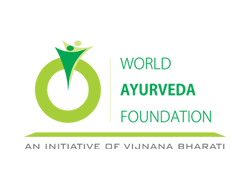
FAQ